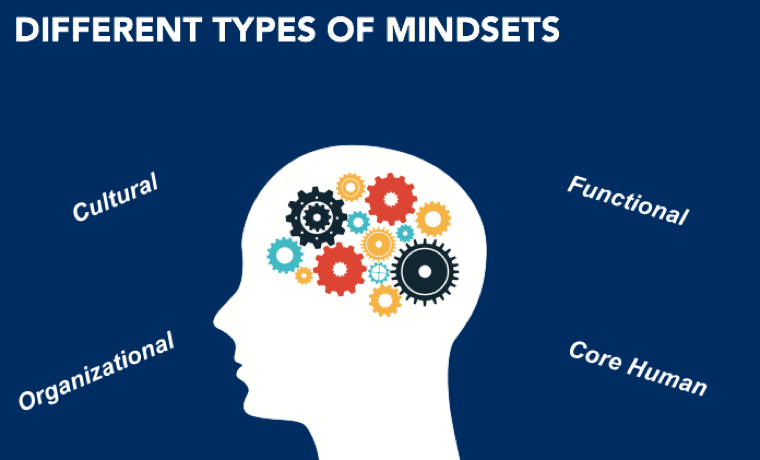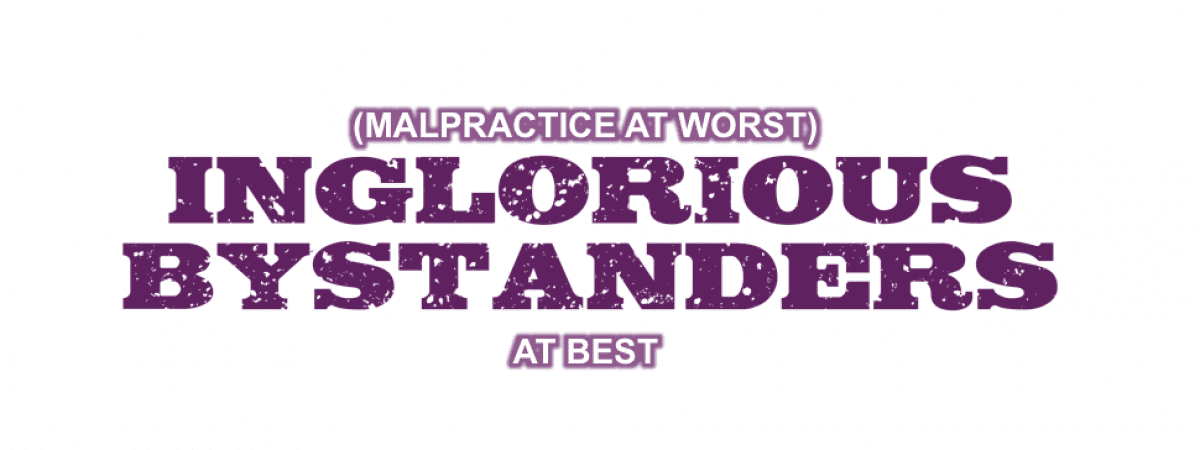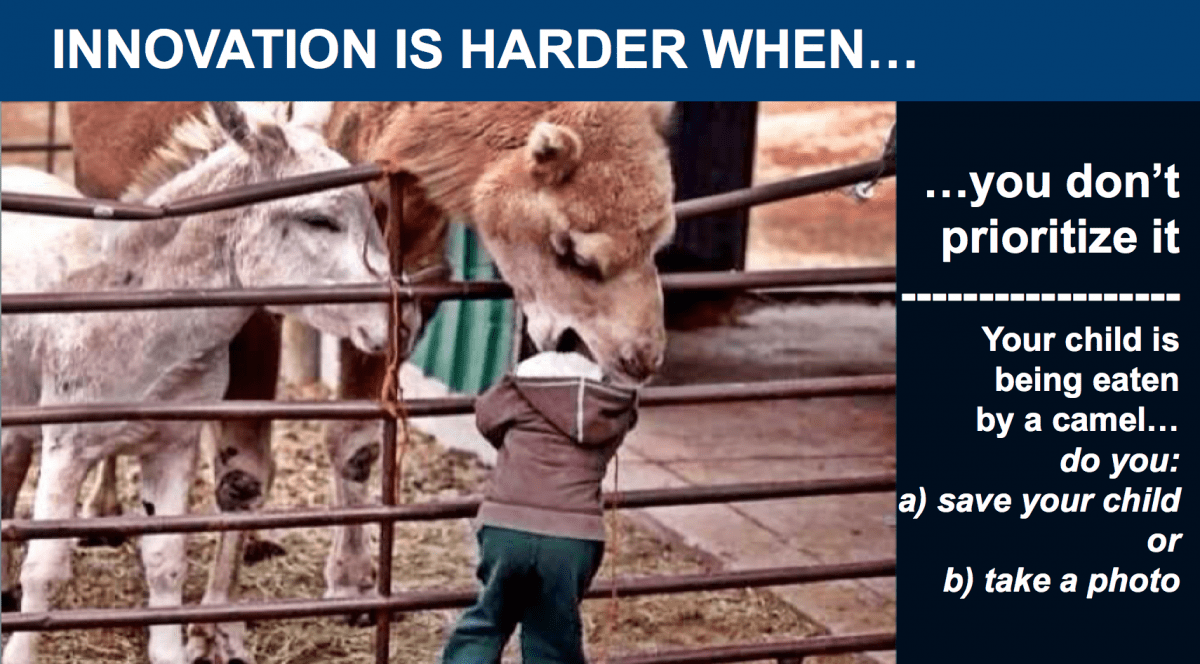Times have changed. The last 20 years have brought as much change as the previous 50 years combined. This increasingly rapid change has created new challenges for today’s modern enterprise. Do you feel it? This new context or “new normal” is characterized by something experts have come to call, “Living in a VUCA world.”
LIVING IN A VUCA WORLD
This new VUCA world is characterized by volatility, uncertainty, complexity and ambiguity. Add to this the increasing forces of “velocity” that drive the need for speed, and “transparency” that drives a need for more effective communications, and we begin to see how the environment wherein project management occurs has changed drastically from what it was just a few decades ago. This new normal impacts how project managers make decisions, plan, manage risks, manage change and solve problems. When was the last time someone told you, “Take your time” or “Don’t worry, someone else will figure it out”? Exactly!
In today’s VUCA world, project managers need to move beyond receiving information to the leading activity—from organizing spreadsheets to managing people and their multiple positions of interest, and from tracking activities to being business partners who understand the subject matter of their clients, help to foresee risk, propose solutions and challenge their client’s approach so as to maximize effectiveness. In the end, what clients want can be summed up by Larry the Cable Guy, “Git ’er done.”

SEVEN CONSCIOUS PROJECT MANAGEMENT CAPABILITIES
What follows are seven conscious project management capabilities for today’s VUCA world. Do you have them all? If not, it’s time to start working on them.
- LEADERSHIP
Today’s project managers need to lead and manage teams, set a clear vision, get buy-in, motivate teams, coach them, inspire them and resolve conflict effectively. Without good leadership skills, people and teams can become demotivated and burn out, thus impacting the quality and timing of a project. To avoid this, today’s project management requires developed leadership skills that help project managers lead both strategically and operationally.
From a strategic perspective, project managers need to understand the business value proposition of the project and then be able to communicate it effectively to work streams and teams. They need to be able to clearly explain the work stream’s role and contribution to the project in the context of the desired value proposition to the business.
As projects move faster and include greater complexity, it’s important to be able to get people and team’s buy-in on both high-level strategic positions as well as commitment to more tactical tasks. This requires sensitivity, empathy and clarity—all essential to self-awareness, emotional intelligence and the development of leadership skills. This means sensitivity to the needs of the business to assure alignment; empathy for the work streams, their requirements and task load so as to continually load balance teams effectively; and clarity of direction, risks, milestones and mitigation plans so as to maximize time and resources. Together, sensitivity, empathy and clarity create buy-in.
Once buy-in has occurred, the project manager needs to leverage leadership skills to motivate, coach and inspire people and teams through the ups and downs, successes and setbacks of project implementation. Along the way, conflict will arise. Project managers with strong leadership capabilities are adept at managing conflict and resolving it with respect and honesty that leaves all parties further committed to the task and the team.
Leadership is a core competency of today’s project managers. By leveraging leadership skills, self-awareness and emotional intelligence, project managers galvanize participant buy-in while deepening trust and resolving conflict between multiple actors.
- COMMUNICATIONS
Perhaps more than any other skill, communications can make or break a project. It can be the source of strong alignment and synchronization between moving parts of a complex project, or it can be the source of ambiguity, confusion, misdirection and assumptions run amuck.
The communication skills of today’s project managers should allow them to build strong rapport with work streams and teams and to be interpersonal and engaging throughout interactions. Deeper rapport and engagement allows project managers to build deeper trust with work streams, which in turn makes challenging their thinking and holding them accountable for commitments more effective.
Additionally, project managers need to be clear and concise in their ability to communicate why, what, how and when things need to occur. They know how to use data and fact-based information to communicate risks and challenge work streams in a clear, contextualized message. Great communicators know how to get to the point effectively while building engagement at the same time. But communicating is only half of the communication skill required for today’s project management. Active listening is the other half.
Active listening skills include knowing how to listen to the words being spoken. It also includes a deeper skill for reading body language, tone and implied meaning. It requires checking one’s assumptions and inferences as discussions in advance so as to make sure that all parties involved understand the same thing at the same time.
Communication and listening are as vital project management skills in today’s complex work environment as any traditional project management capability. Knowing how to listen actively and communicate clearly and concisely helps to advance project goals while building rapport with key stakeholders.
- NEGOTIATIONS
Similar to communications, negotiation skills require understanding relationships and stakeholders’ interests. However, more than communications, it requires specific skills and techniques to help people move from surface level positions to positions of interest where common ground can be found.
Additionally, project managers require political savvy to manage communications and interactions between multiple work streams and actors in order to implement solutions. This in turn requires tactful compromise and the skills to bring people together to settle the ongoing reallocation of resources, changes in work stream activities, and managing the limits placed on a project by moving timelines.
All projects will require consensus building and compromise. Negotiation skills are core to achieving both. Negotiation skills provide lubricant to the scheduling of activities, allocation of resources and the movement of timelines.
- RISK MANAGEMENT
The best skill for effective risk management is experience. Project managers need to know what could go wrong and have the humility to ask others. Oftentimes, project managers get caught up in the act of reporting and requiring, without the flexibility required to engage others and seek their input on potential risks early on. In fact, risks can often be seen as important but not urgent and can lead project managers to a false sense of comfort.
Risk can occur at the macro and micro level of a project. Risks can be associated with people, lack of knowledge in required areas, contractors, sequencing, timing and resources to name a few. But risks can also exist at the work stream activity level due to the same variables mentioned and their being part of a smaller activity within a work stream. The risk can more easily be overlooked, coming back to create larger problems down the road.
Risk assessment is only of value if plans to mitigate risk are also considered and developed. No one likes surprises, and it is the project manager’s role to minimize surprises by foreseeing risk, communicating its potential impact, and providing stakeholders with plans to mitigate negative impact.
Today’s project managers are only as successful as their ability to manage risk. Successful risk management requires experience and knowledge. Great project managers are always seeking both for themselves and from others.
- SUBJECT MATTER EXPERTISE
Today’s project management is increasingly complex. It requires that project managers delve deeply into the business they are serving as well as the work streams they are managing. Project managers don’t need to be experts in all things, but the more they immerse themselves in the subject matter of each work stream and the business the project is serving, the more they can foresee potential risk, challenge the effectiveness of work stream activities, and understand where focus needs to be given.
- CRITICAL THINKING
Project managers need to take in information and weigh the pros and cons while assessing people’s ability to respond. The speed and complexity of today’s projects require a keener ability to think critically than ever before, as the issues and implications to be considered often span multiple groups and occur within matrixed work environments.
Strong critical thinkers have the ability to identify individual and integrated work stream challenges and propose solutions. They are able to manage project work streams in the context of the value proposition being delivered by the overall project/initiative and propose solutions that support the project’s business goals.
- MEETING MANAGEMENT
Meetings are the activity that most bring together project managers with their stakeholders. Due to their frequency, poor meeting management can lead to distrust in project managers and even avoidance of their involvement by work stream leads. Although a seemingly obvious skill, many project managers tend to “wing it” in meetings without leveraging them to build confidence and address the most important issues impacting the project at any given time.
Today’s project managers need to know how to run effective meetings with clear purpose, desired outcomes and agendas. Project managers need to know how to manage the three different types of meeting modes—inform, discuss/debate and decide—so as to adapt their approach to the required meeting mode.
By conducting productive meetings with clear purpose, desired outcomes, agendas and closings, project managers garner greater respect and confidence from their stakeholders.
CONCLUSION
Today’s complex work environment creates a “new normal” wherein traditional project management is not enough to successfully deliver desired outcomes.
The bottom line is that project managers are increasingly called upon to anticipate the issues that impact the project’s progress; understand the consequences of issues and actions; appreciate the interdependencies between multiple work streams and other variables; prepare for alternative realities and challenges; and to foresee, interpret and address relevant opportunities for effectiveness along the way.
In short, today’s project managers require a higher awareness of self, others and situations and should be ready to act decisively. Project managers need to be leaders as well as managers, strategists as well as tacticians, and business partners as well as business servants.
SOURCES
Kofman, Fred. Conscious Business. Sounds True, Reprint edition, 2006.
Covey, Stephen R. The 7 Habits of Highly Effective People. Mango, 2016.
Senge, Peter. The Fifth Discipline. Crown Business; Revised and Updated edition, 2010.
Lonoff Schiff, Jennifer. “7 Must-Have Project Management Skills.” CIO from IDG 30 Aug. 2017.
Aston, Ben, “7 Essential Project Management Skills for 2018.” The Digital Project Manager 1 Aug. 2017.
Harrin, Elizabeth. “15 Top Skills Project Managers Need.” Strategy Execution 8 Jan. 2015.
Udo, Nathalie and Koppensteiner, Sonja. “What Are The Core Competencies of a Successful Project Manager?” Project Management Institute Jan. 2004.
































